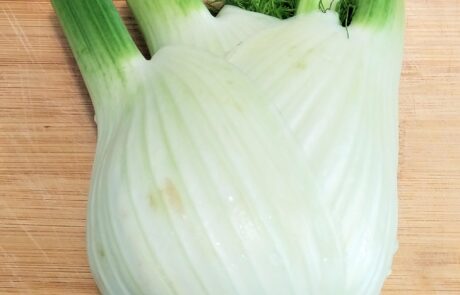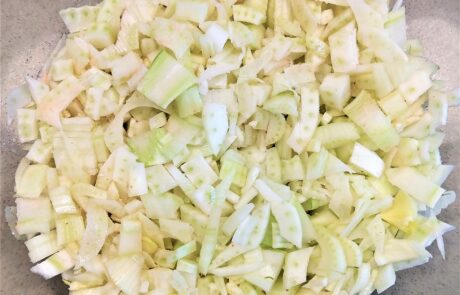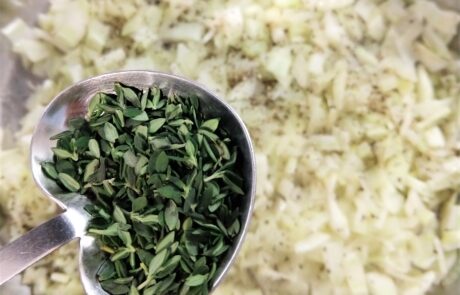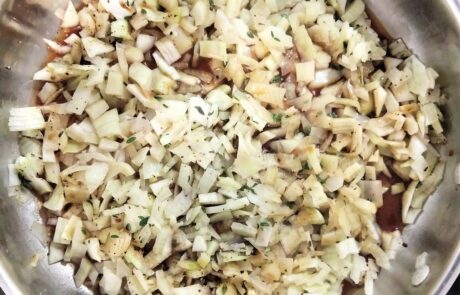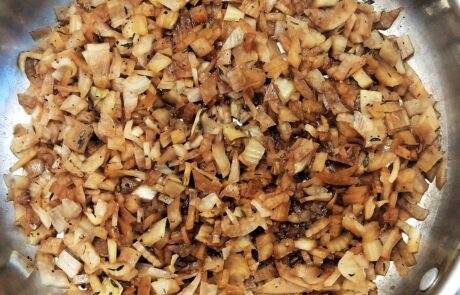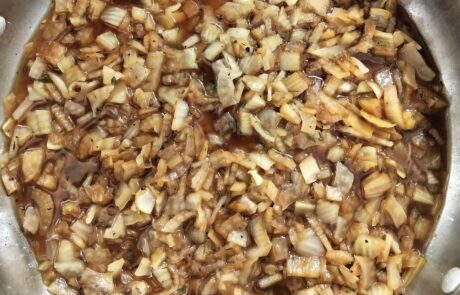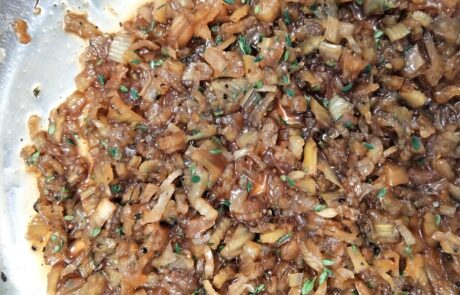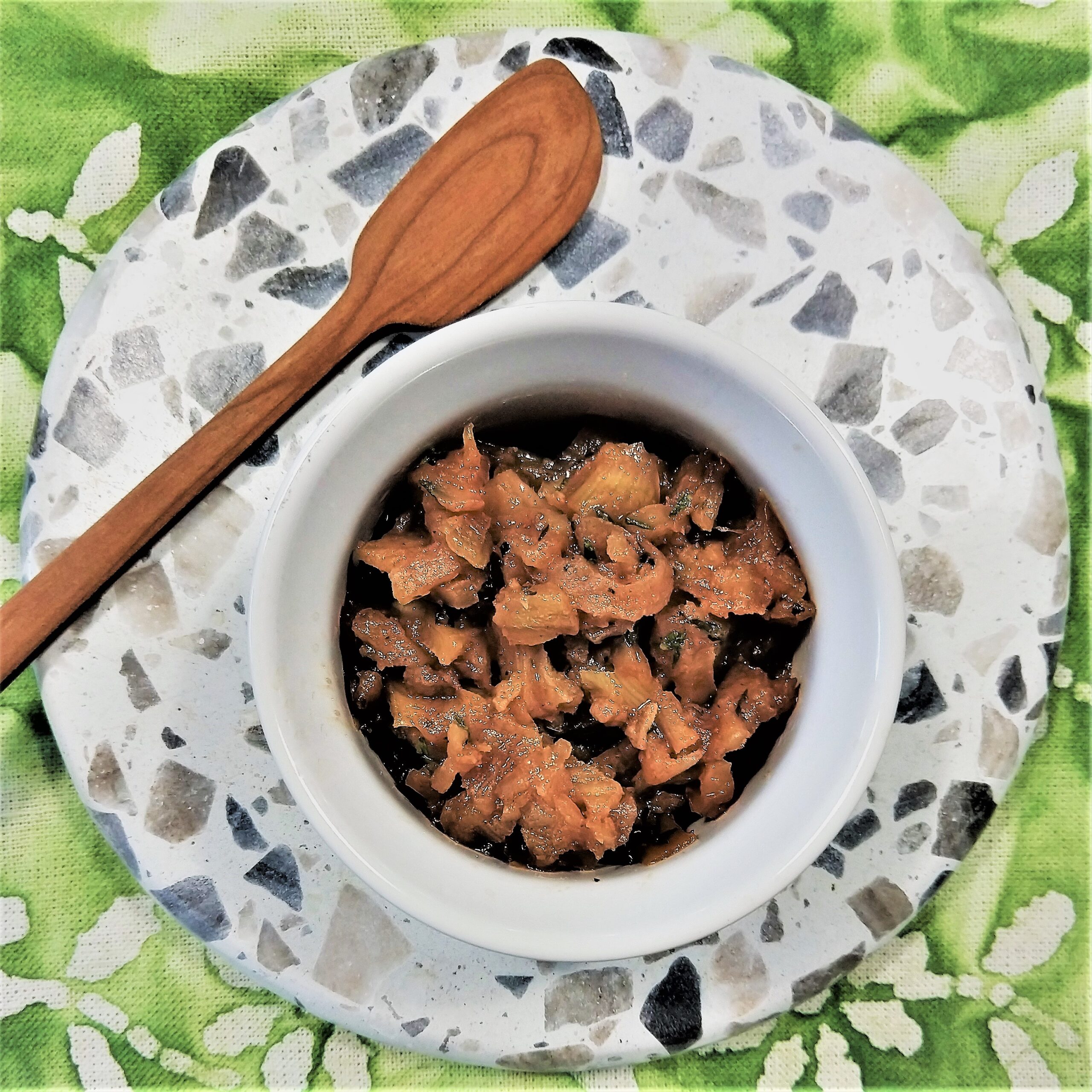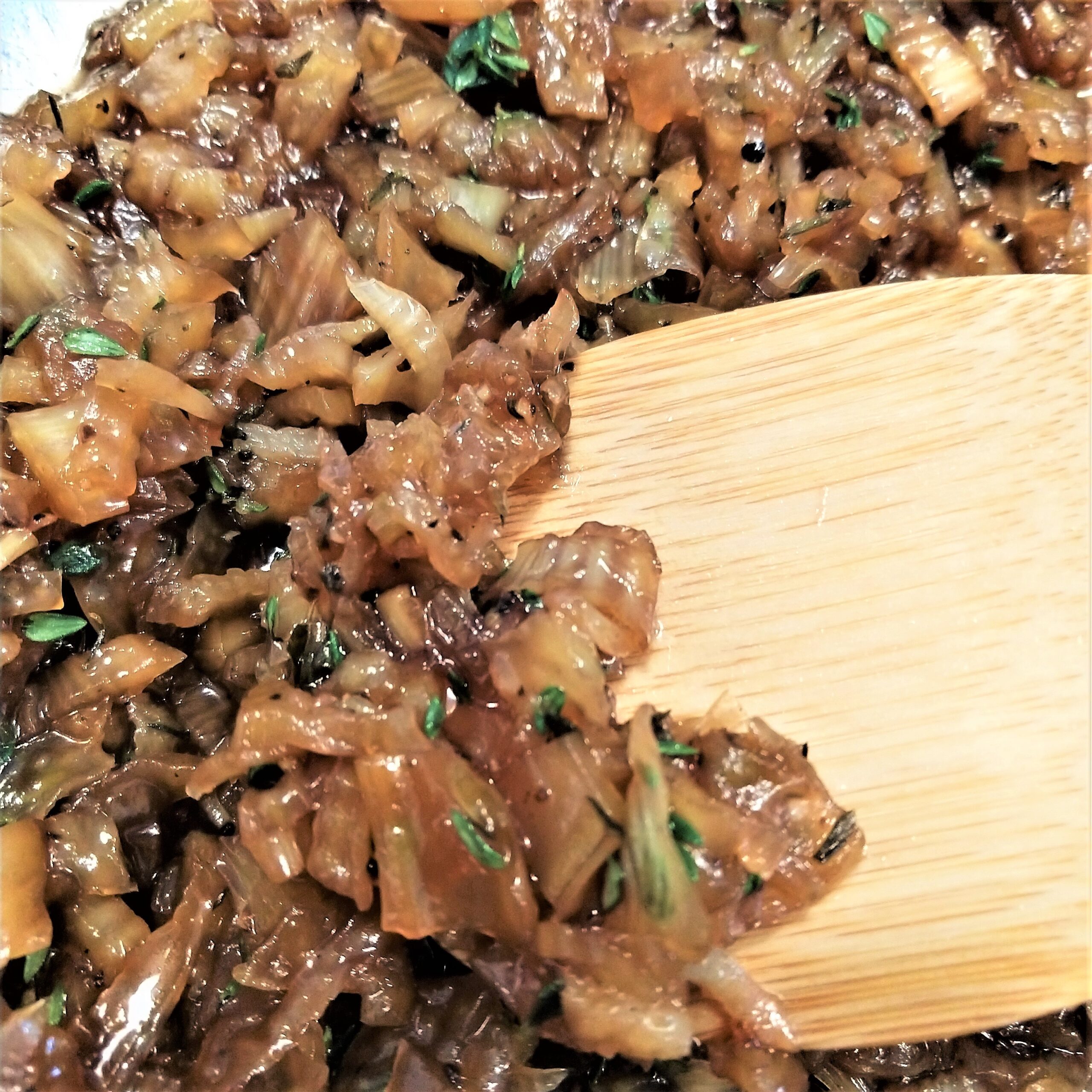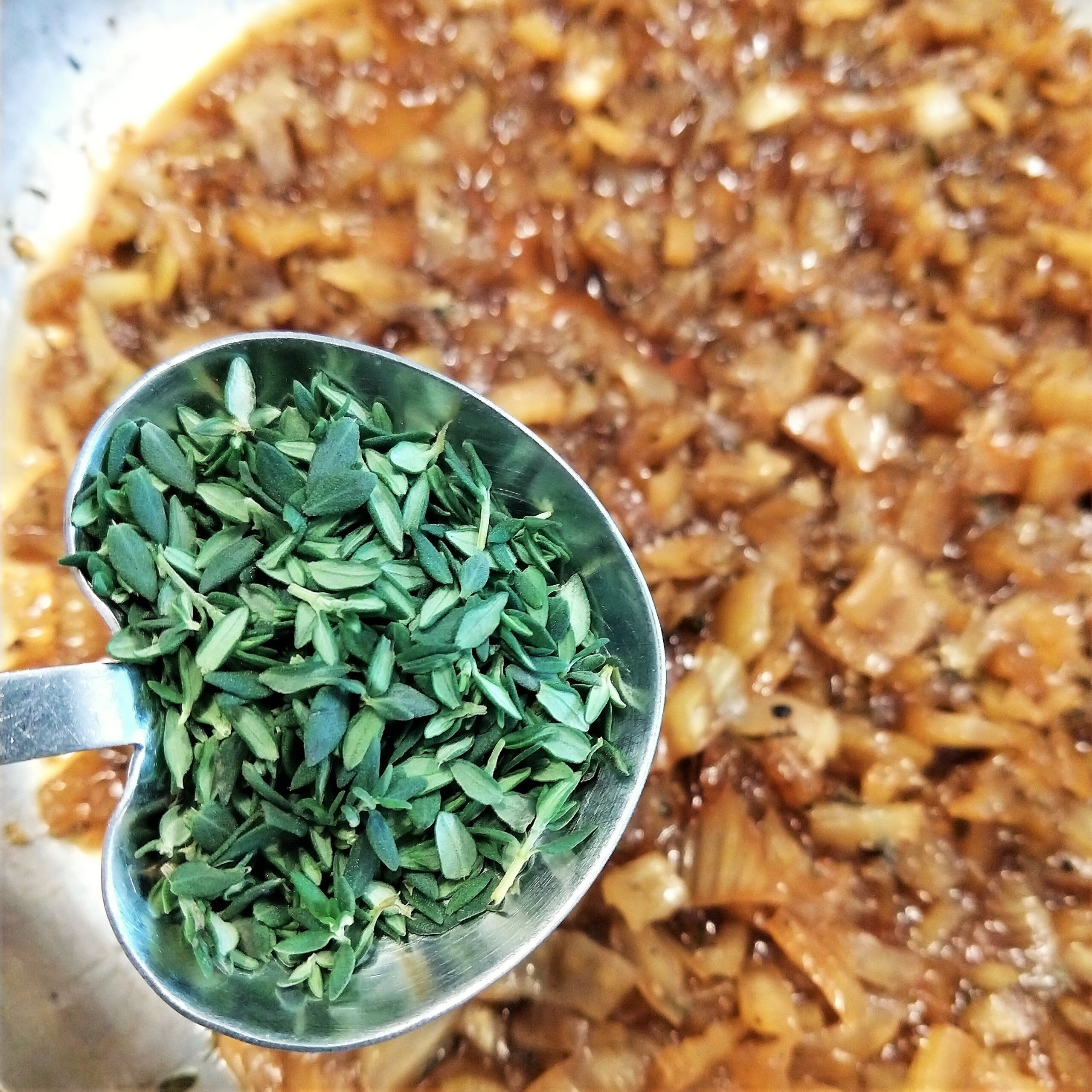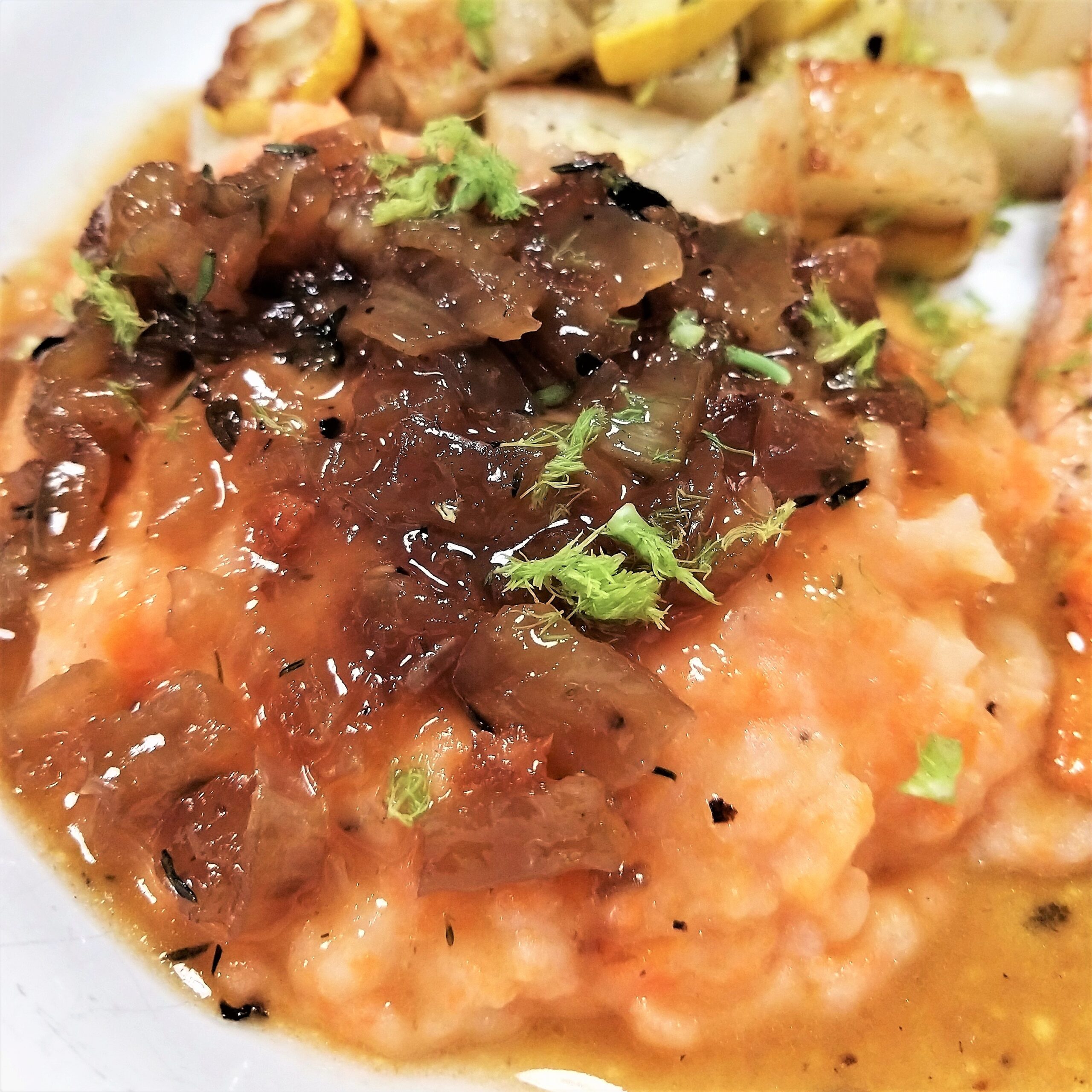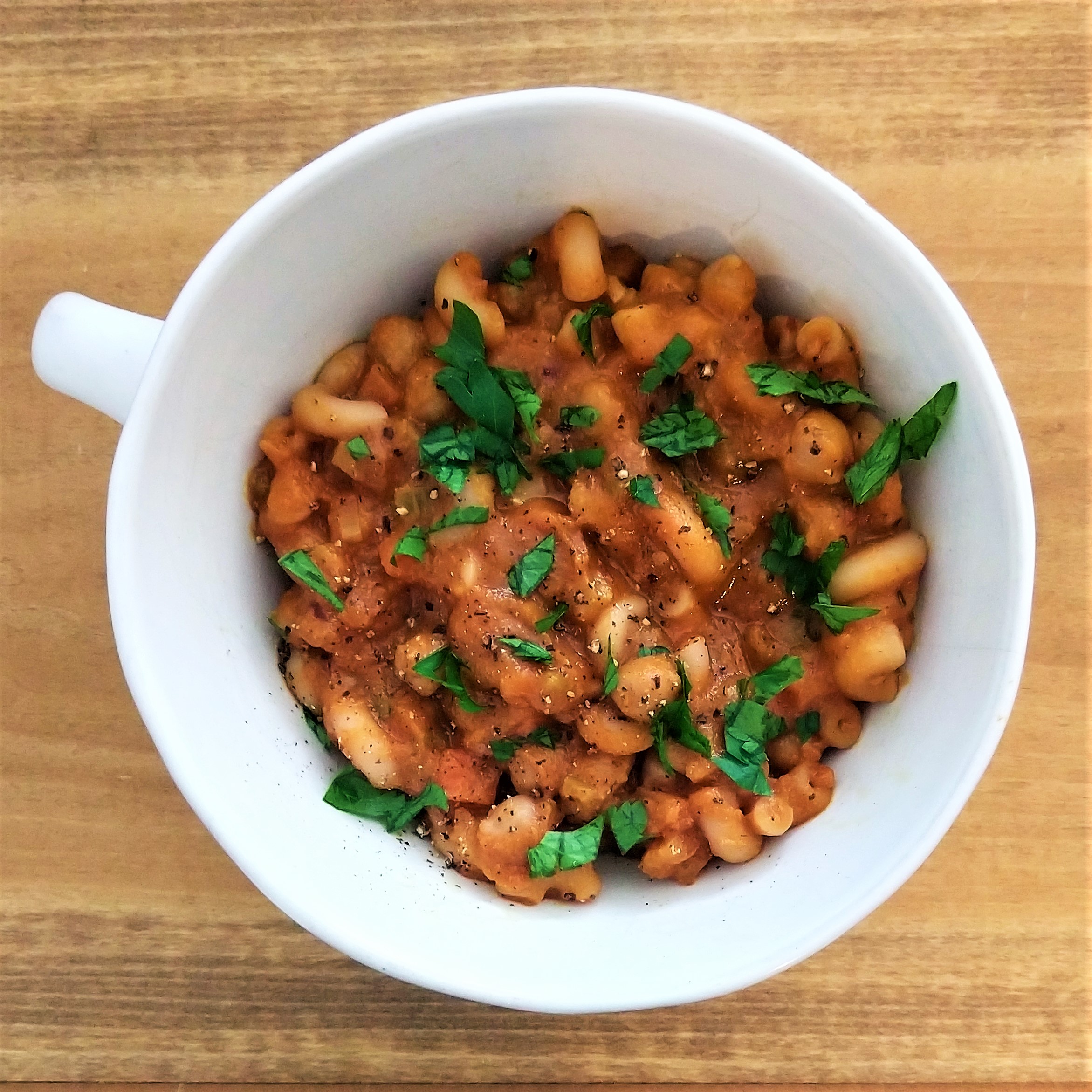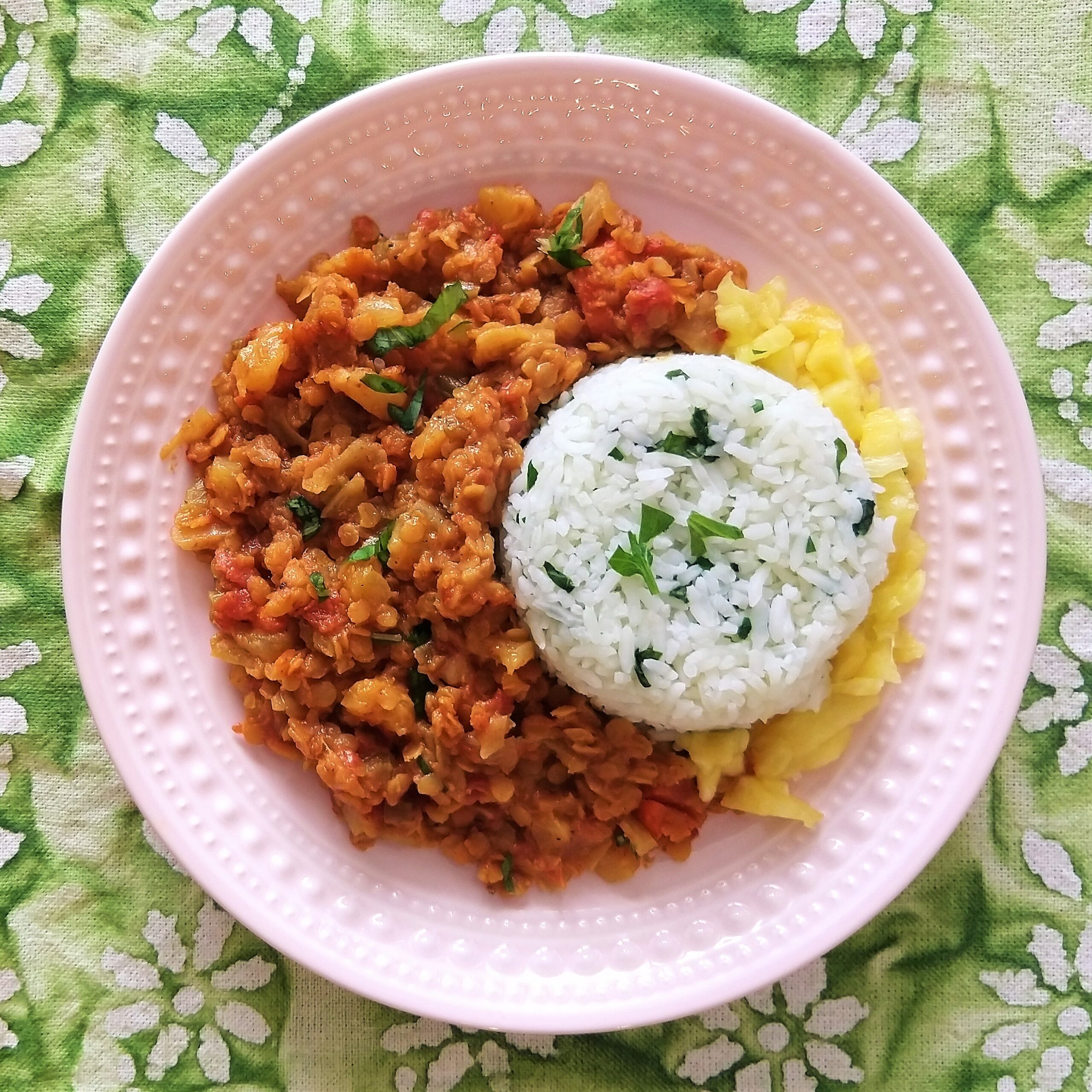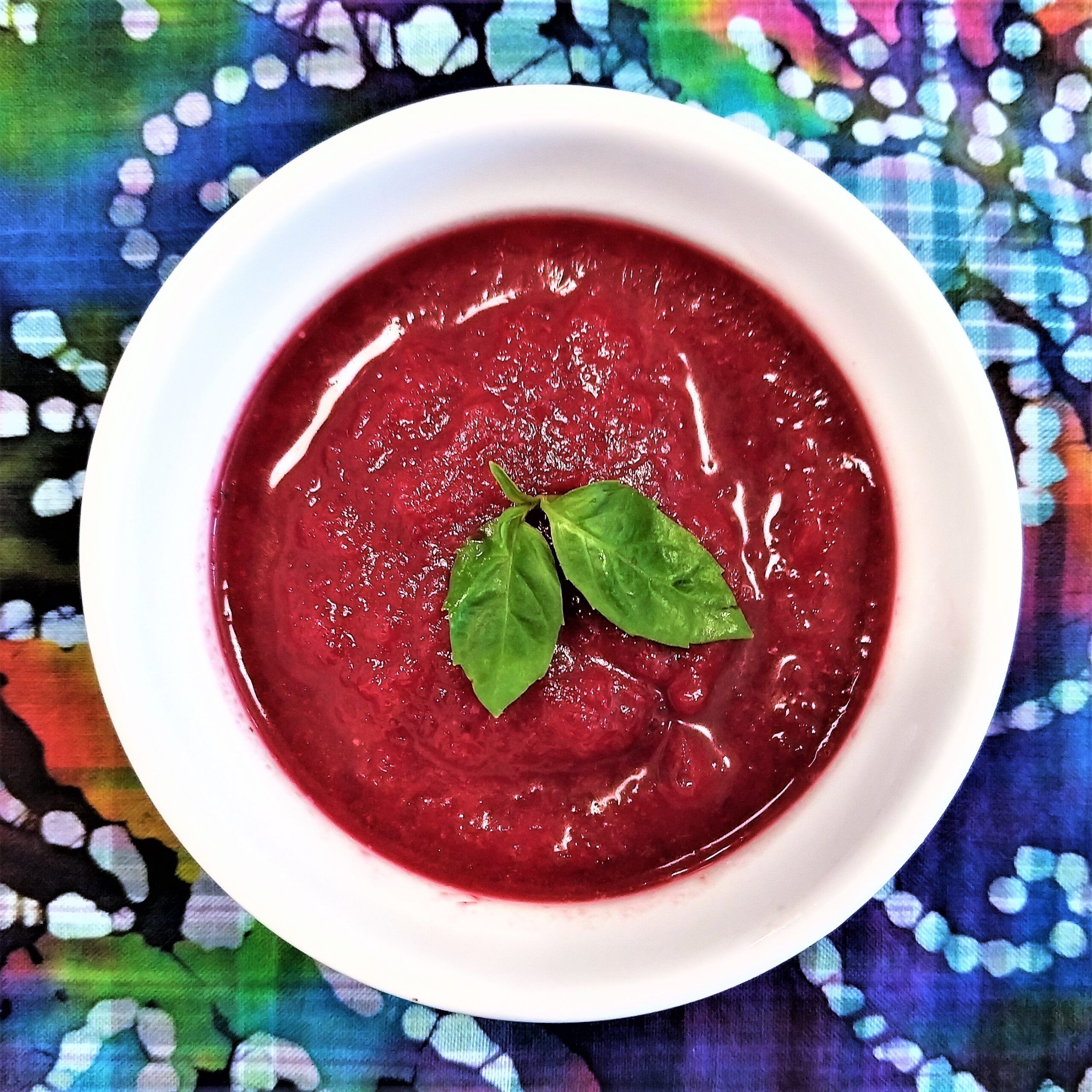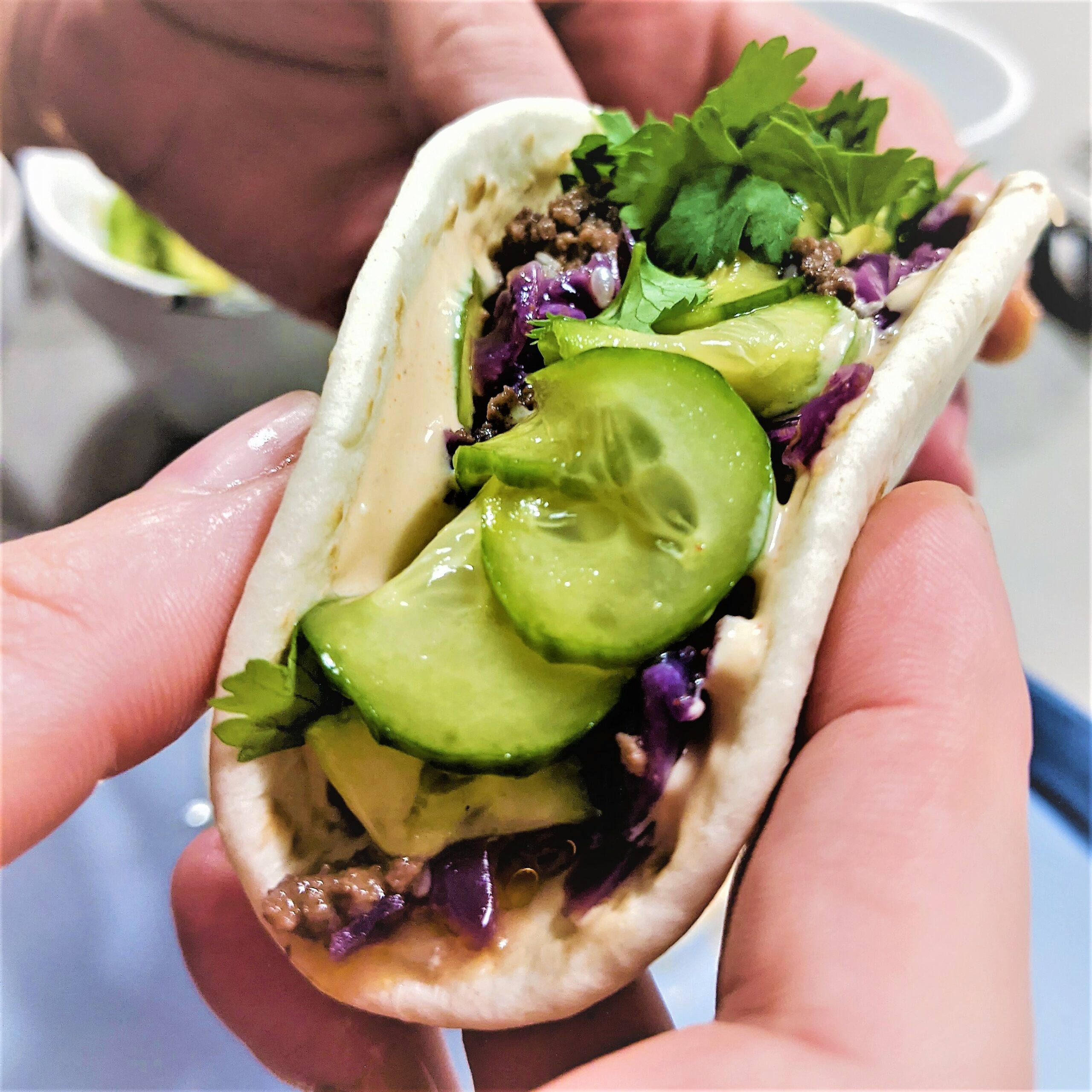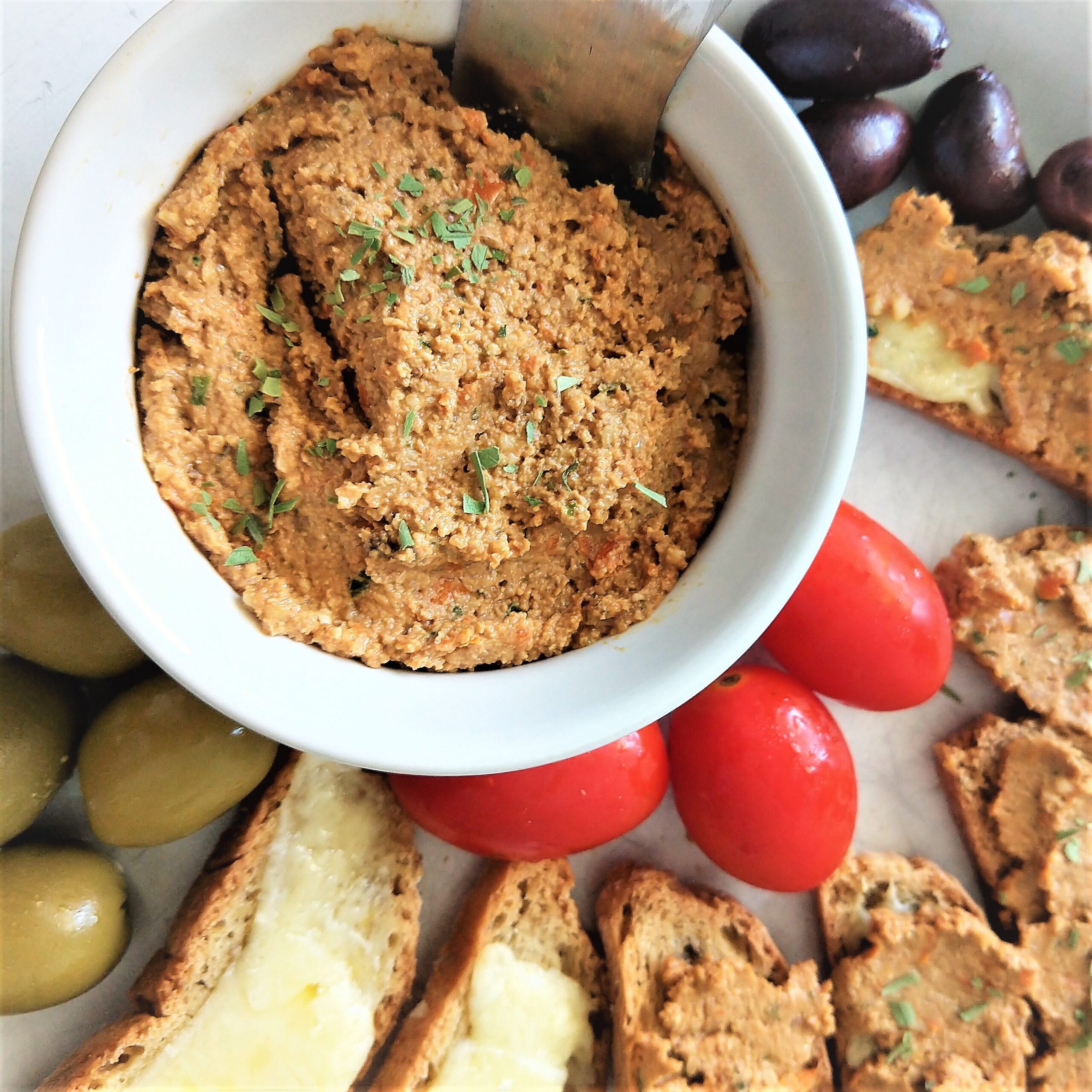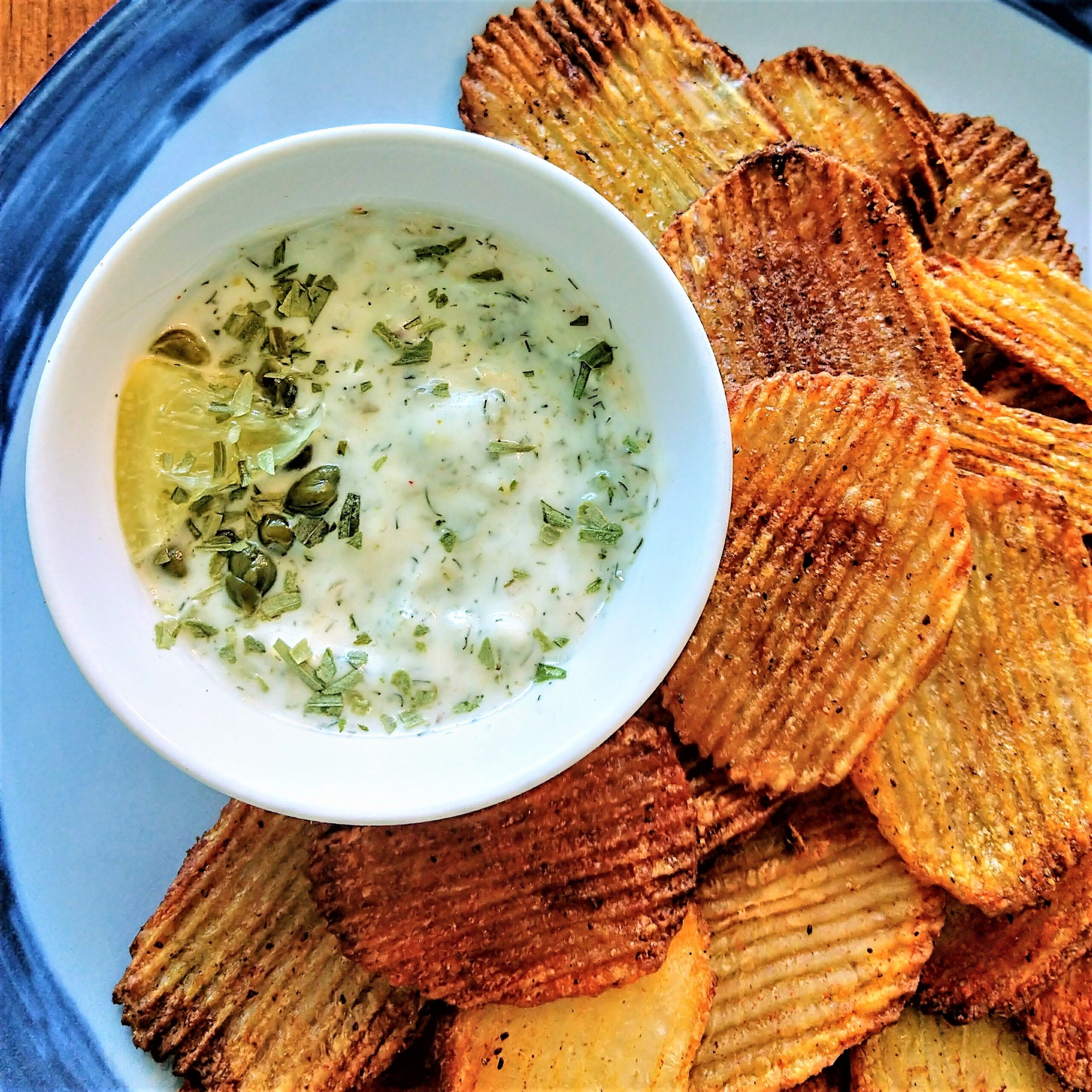Did you know that you can caramelize fennel as you would onion, even though they are unrelated vegetables? That’s how this bright, tangy fennel jam makes a fabulous alternative to onion jam. Frankly, I’m a fennel fanatic; although onions can often aggravate GI conditions like IBS, fennel is linked to improving digestive health and alleviating cramping. Remarkably, every part of the plant is edible!
Fennel (and onion) jams, like Western-style chutneys, balance sweet, sour, and sometime spicy flavors. They are awesome topped on crackers, cheese, burgers, and more. Since a batch lasts about 2 weeks in the fridge, I love preparing fennel jam on one day and dipping into it throughout the week. For some reason, scoops of fennel jam make a quick weeknight meal feel both homespun and fancy schmancy.
THAT’S MY JAM!
Prep:
80 min
Cook:
40 min
Total:
2 hrs
Makes 2 cups in volume. Each serving is 2 tbsp, so there are 16 servings total.
INGREDIENTS:
- 1 lb fennel (a large bulb)
- 2 tsp salt, more to taste
- 1 tsp black pepper
- 1 heaping tbsp fresh thyme, divided
- ¼ cup (~59 ml) balsamic vinegar
- ¼ cup (~59 ml) red wine vinegar*
- ¾ cup (~150 g) granulated sugar**
- 2 tsp olive oil
*You can substitute in apple cider vinegar, even adding a splash (1-2 tsp) of red wine
**There are quite a few options if you wish to reduce sugar content. A batch substituting sugar with a combination of erythritol and monk fruit worked, but crystallized upon chilling, like honey. You could use a blend of sugar and erythritol/monk fruit. Sugar alcohols may be irritating if you have GI issues, so I recommend initially mixing them with sugar if you aren’t familiar with them. Keep in mind that the best texture and flavor will come from using actual sugar, whether it be granulated, raw, maple, beet or honey. Liquid sweeteners will make it taste too artificial, with a bitter aftertaste.
STEP BY STEP:
MEAL IDEAS
- Breakfast: Top a bagel and cream cheese or toast and mascarpone with fennel jam. You could also include it as a filling for savory crepes.
- Appetizers: Enjoy it as part of a charcuterie spread, with most cheeses or crackers. Love it with thick cut beet chips and goat cheese.
- Sides: If goat cheese isn’t your thing, try tossing warm fennel jam with roasted beets. It’s a good way to get the grassy, tangy notes without the creamy cheese. It’s extra deliciously fatty and indulgent if you combine the fennel jam with melted butter and more fresh thyme or parsley. Or you can mix fennel jam with sour cream to top fritters or latkes.
- Sauces: Stirring fennel jam into tomato sauce or my Just Beet It Sauce deepens the flavor and adds complexity. You can also add it to a brown butter and sage sauce for ravioli or gnocchi. You can also blend fennel jam with plain, unsweetened yogurt (Greek or otherwise), olive oil, and fresh dill (or chopped fennel fronds!) to create a marinade.
- Entrees: Top a veggie or beef burger with fennel jam! We also heated up some fennel jam with butter and drizzled it across seared salmon, mashed potatoes and roasted squash.
NUTRITION FACTS ¾ cup granulated sugar vs. ¾ cup erythritol/monk fruit
Number of Servings: 16
Fiber: 0.98 g / 0.98 g
Carbs: 12.35 g / 13.53 g
Calories per Serving: 52.68 kcal / 19.13 kcal
Sugar: 10.4 g / 1.04 g
Protein: 0.41 g / 0.41 g
Weight per Serving: 37 g / 38 g
Fats: 0.35 g / 0.35 g
Iron: 0.30 mg / 0.30 mg
All servings and nutritional measurements are approximate. These estimates are intended for information and guidance purposes only. Please consult a licensed nutrition or medical professional if you need assistance.
Gluten-Free and Vegan Disclaimer: All of the ingredients listed in this recipe are available in gluten-free and vegan versions. Please do your research and verify ingredient lists, as many products can have surprisingly hidden amounts of gluten that can impact those with Celiac Disease and gluten allergies. Likewise, vegans may need to verify if products contain hidden amounts of whey or animal derived ingredients.

